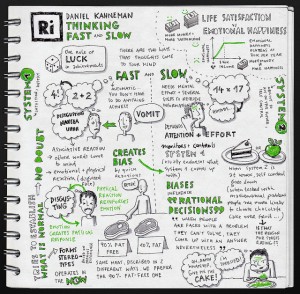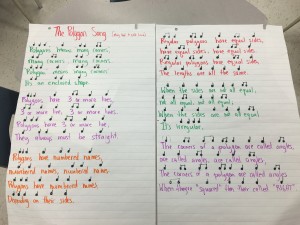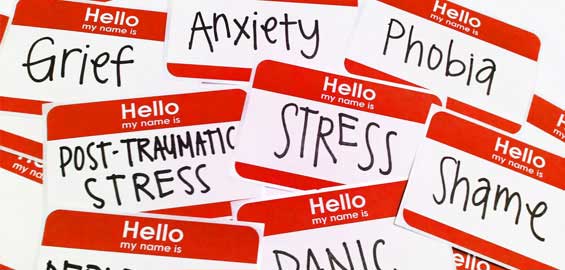Today’s blog is a simple one. Below are a variety of comments that I have used for reporting to parents over the past couple of years. The shorter comments are for the progress reports and the longer comments are for report cards. Hopefully, these comments can be a starting point for those of you who teach their own music. The framework should allow you to individualize them to your own students and school. If you have any great comments that you would like to share, please leave a comment below.
($=child’s name, @@=He/She @=he/she #=his/her)
Grade One
$ is able to sing and sign simple melodic patterns in tune, using the pitches, mi, so and la.
$ created and performed an accompaniment for the story ‘The Tulip Bulb’. @@ demonstrated an understanding that sounds can be represented by symbols by reading cards with pictures on them while clapping the rhythm of the words.
$ showed that @ can apply the steps needed to learn songs. @@ moved and sang songs with fast and slow tempi such as “Rig a Jig Jig” and “Downright Upright”.
$ applied the elements of music when singing, playing and moving.
$ demonstrated the ability to identify sounds of higher and lower pitches by performing the song ‘As I Went Out To Play’. $ expressed # feelings about an African music performance.
Grade Two
$ classified instruments by listening to their sound. @@ created and played an eight beat rhythm as an accompaniment for the story ‘Percussionville’.
$ showed that @ can apply the steps needed to compose simple songs. @@ used proper technique when playing simple accompaniments on the xylophones.
Through the study of the piece ‘Carnival Of The Animals’, $ was able to classify instruments by listening to their sounds. @@ demonstrated an understanding that symbols can be used to represent sound.
$ demonstrated an understanding of pitch and musicality by expressively moving # body to the sound of a slide whistle and copying it with # voice. @@ played the accompaniment for the song The Teeny Tiny Woman on the xylophone with proper playing technique.
$ demonstrated the ability to sing unison songs in tune and play simple accompaniments.
$ is able to name many instruments and classify them by listening to their sound. @@ demonstrates an understanding that standard rhythmic symbols represent specific note values.
Grade Three
$ is able to describe some examples in which the elements of music are used in the music @ performs, listens to and creates.
$ demonstrated the ability to sing, in tune, unison songs, partner songs and rounds.
$ showed that @ can apply the steps needed to learn to play and appreciate music. @@ performed the Japanese song “Kaeru” in unison and in a round.
$ sang the song Little Boat So White in tune, with musical expression, and played an accompaniment for it on the xylophone with proper playing technique. @@ composed and performed a 4-beat rhythm pattern that created a B section of an ABA form based on the poem Breakfast Time.
Through the study of the musical tale ‘Peter And The Wolf, $ was able to describe several examples in which the elements of music are used to create a specific mood. @@ identified ways in which music is used in a variety of communities.
$ performed movements and rhythms in 3/4 time. @@ identified and described ways in which music can be used in # community. @@ described ways in which the elements of music are used through the study of the piece Peter And The Wolf.
$ used good technique when learning to play “Pachelbel’s Canon” on the xylophone. @@ responded to a performance by the Canadian Opera Company.
Grade Four
$ showed that @ can apply the steps needed to learn to play and to appreciate music. @@ composed and performed a variation of Hot Cross Buns on the recorder.
$ demonstrated an understanding of musical signs and standard notation on the five-line staff by playing a piece of music on the recorder. @@ applied the elements of music when singing and playing instruments.
$ demonstrated an understanding of musical signs and standard notation on the five-line staff by reading a simple piece and playing it on the recorder. @@ responded to a performance by the Canadian Opera Company.
$ demonstrated an understanding of musical signs and standard notation on the five-line staff by reading a simple piece and playing it on the recorder. @@ was able to identify the use of music in communities today and in the past.
$ demonstrated an understanding of musical signs and standard notation on the five-line staff while playing the recorder. @@ created and performed melodies on the xylophone in both major and minor tonalities.
$ used the tools and techniques of musicianship when learning a song on the recorder.
$ used the tools and techniques of musicianship when performing the songs “Hello Everybody” and “I Like Singing”.
Grade Five
$ identified the elements of music in a classical piece and described how they were used. @@ prepared a presentation for the junior concert using the techniques of musicianship.
$ created a musical composition that used body percussion, instruments and voice. @@ used the tools and techniques of musicianship in the performance of “Little Tommy Tinker” and recorder duets.
$ created and performed an eight beat rhythm using quarter notes, eighth notes, sixteenth notes and sixteenth note and eighth notes combinations. @@ applied the elements of music when playing and composing music to create a specific effect.
$ showed that @ can apply the steps needed to learn to play and to appreciate music. @@ used proper playing and singing technique and showed creativity when developing # own rhythmic patterns.
$ applied the elements of music when singing, playing, composing and arranging music.
$ is able to demonstrate an understanding of basic harmony by composing a short piece of music based on the notes of specific chords. @@ is able to perform a piece on the recorder in 6/8 time signature with consistent rhythmic
$ created and performed a rhythmic composition that included sixteenth notes. @@ demonstrated an understanding of 6/8 time signature, clefs, and standard notation by performing the song ‘Millions of Cats’ on the recorder.



